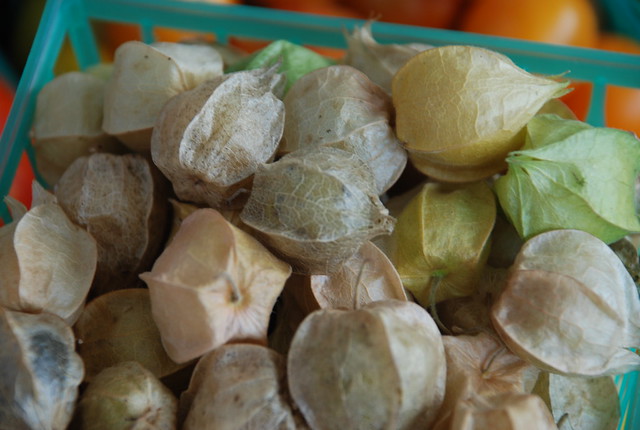With the world of culinary arts so quickly becoming engulfed by modernist techniques, it's nice to escape the compressed beets, gelatinized vegetable purees and anything that's been dehydrated and rehydrated. Sometimes in order to really appreciate food, we need to take a step back from impressive techniques and treat our ingredients with respect. After all, when you're in Rhode Island and surrounded by hundreds of passionate local farmers, consistently delivering the absolute highest quality ingredients, why would you want to mask those natural flavors? Thomas Keller has said that the reason he opened Bouchon - his bistro style restaurant - is so that he would have a place to eat after a day of cooking at the French Laundry. Even the greatest chefs cannot deny that simple bistro style food - when prepared well - is a staple cuisine which is both comforting and exciting; something for every person to indulge in. Whether you're a food snob or an anti-foodie, bistro food is something that anyone with an appetite can appreciate. There are a few wonderful bistro style restaurants in Providence, and with classic dishes such as roasted Cornish hen and steak with pommes frites, Loie Fullers is one of the best.
In 2007, Loie Fuller's opened it's doors on Westminster Street, and they've been delighting Providence diners ever since. On the inside, the décor is best described as elegant. With hand painted murals on every wall and a beautiful mosaic tile floor, the craftsmanship here is excellent. The dining room is pretty small, yet not quite as tiny as many of the newer restaurants that are popping up downtown (north, birch, Figidini, ect.), and the space is very comfortable. One other perk to this restaurant is that because it's out of the way of downtown, in an area where there is more space available, they do have their own parking lot, so those of us with cars don't have to worry about finding parking on the street.
Our latest visit to Loie Fuller's was on a Sunday evening, and it was somewhat empty. On a busier night such as a Friday or Saturday, this place gets packed, and the wait for food can get pretty long, so I would suggest coming on a slower night. Our waitress was pleasant and happy to explain everything on the menu to us. She knew the menu pretty well, and the very few things that she didn't know offhand, she promptly went to the kitchen to find the answer. As well as having regular specials, the menu is always changing to suit the season based on what is available from local farms. Many of the ingredients used here come from local farms, and some even come from a farm which is owned by the head chef. To start, we ordered a bounty of appetizers, including the confit duck wings, which were both crispy and tender, tossed in a spicy, sweet sauce making them blissfully sticky and delicious. We also ordered the Loie Fuller plate which is a selection of artisan cheeses, cured meats, and olives; all of which were excellent, especially a particularly strong bleu cheese which had us in awe of it's sharp, full flavor. The polenta fries are another must-try appetizer, fried and crunchy with a smooth house made aioli, although the seasoning was a little uneven, and some fries were perfectly salted, while others lacked some seasoning.
 |
| Roasted Pork Loin |
Overall, our meal at Loie Fuller's was excellent. With elegant décor, friendly service, and well executed bistro food, this is a lovely choice of restaurant for any occasion, whether you're taking out a date or just looking for comforting, tasty food.
 |
| Roasted Cornish Hen |






